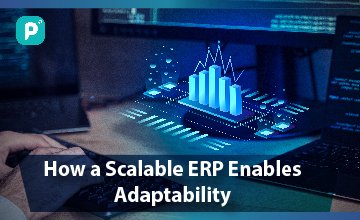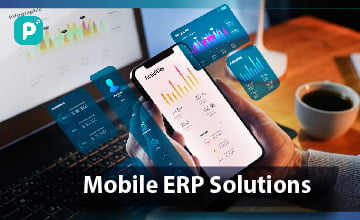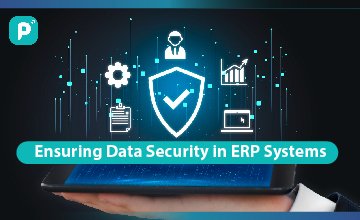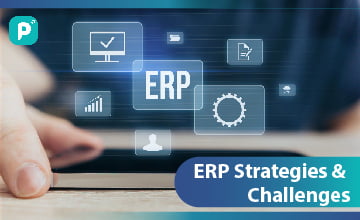In today’s era of rapid technology change and business uncertainty, organizations must architect their enterprise systems to embrace unpredictability. Yesterday’s stability-obsessed ERP suites foster fragility rather than resilience. To thrive amid turbulent markets and accelerate growth, companies need flexible digital foundations engineered for the future.
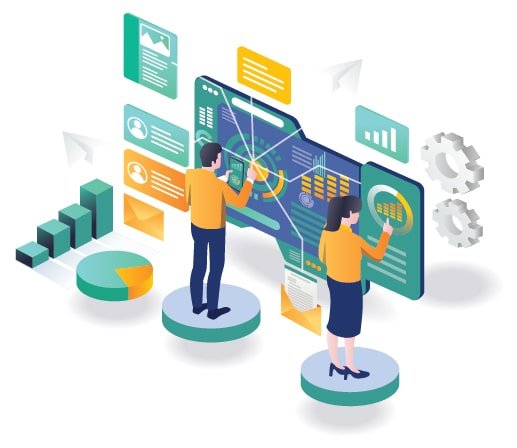
This article explores proven strategies to future-proof ERP systems, enabling scalability and innovation. It covers modern architectures to prevent ERP sprawl and key initiatives to transform entrenched platforms. We’ll also discuss how adaptive ERP capabilities foster business agility, sustainability, and competitive advantage.
Defining Future-Proofing
Future-proofing means anticipating change and building systems to cost-effectively adapt and thrive regardless of what the future holds. It is about minimizing risks from potential events and structuring organizations to easily overcome challenges versus being constrained.
For ERP landscapes, future-proofing involves transitioning from brittle legacy platforms to cloud-native architectures that provide elastic scalability. It means breaking down aged monolithic systems into constantly improving microservices. Future-proofed ERPs leverage automation and machine learning to glean insights from new data sources. They integrate seamlessly with adjacent innovations.
Above all, future-proofing is a culture and mindset shift from valuing longevity and stability to embracing change. The half-life of technology gets shorter every year – systems must keep pace.
Drivers of ERP Evolution
Many intricately connected factors continuously necessitate ERP modernization, including: Exponential data growth, requiring scalable cloud infrastructure. Enterprises now manage over 100x data volume compared to a decade ago.
- Rise of digital business models and revenue streams, needing flexible systems. Nearly 75% of organizations now earn digital revenue.
- Customer experience differentiation with mobile and analytical innovations. Almost 60% of shoppers abandon brands offering poor digital experiences.
- Geographic expansion to serve new global markets. 59% of companies plan to expand internationally in 2023.
- Mergers, acquisitions, and divestitures alter business scope fast. M&A deals have doubled since 2010 to over 60,000 annually.
- Supply chain volatility requires nimbleness. Manufacturing shocks from trade wars, disasters, and COVID continue.
Legacy ERPs are brittle shells rather than malleable frameworks linking enterprise data to emerging technologies. CIOs know future ERP resilience requires strategic transformation starting now.
Overcoming Obstacles to ERP Evolution
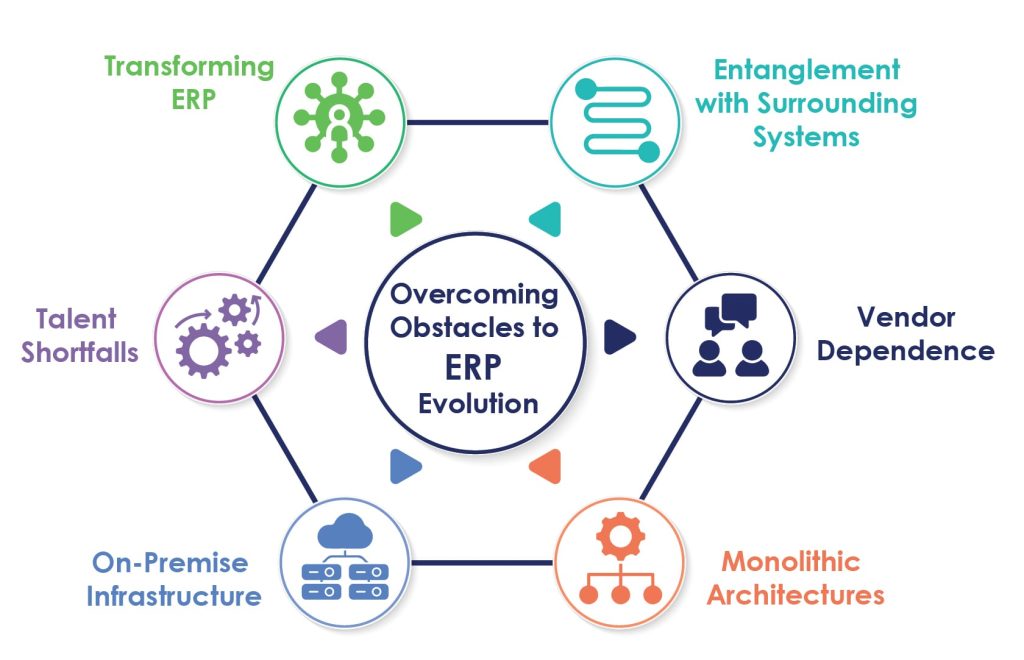
Incrementally evolving monolithic ERP suites toward adaptability is far from easy. Legacy designs deliberately prevent change and enforce rigid control. Common barriers include: Hardcoded Processes and Customizations – hardcoded custom workflows impede realignment to new business needs. They accumulate technical debt.
- Entanglement with Surrounding Systems – disjointed integrations with ancillary tools obstruct evolving ERP foundations.
- Vendor Dependence – platforms lacking self-service configurability inflate vendor consulting costs.
- Monolithic Architectures – monoliths cannot scale elastically or enhance incrementally like nimble microservices.
- On-Premise Infrastructure – legacy on-premise servers cannot match cloud elasticity and suffer downtime from disasters.
- Talent Shortfalls – scarce skills in modern coding, cloud platforms, automation, and data science slow ERP modernization.
- Transforming ERP suites structured for permanence to become adaptable platforms requires strategic commitment from executives along with advanced architecture.
Hallmarks of Future-Proof ERP Design
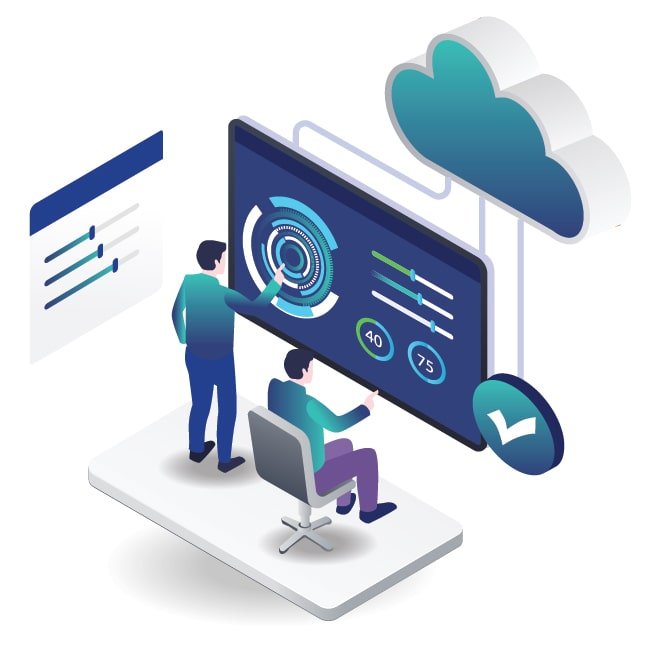
While no system lasts forever, purposefully engineering ERP for longevity comes down to a few architectural principles:
- Transition to Cloud Infrastructure – to elastically scale resources and prevent downtime risks.
- API-First Ecosystem – with published APIs to rapidly connect new capabilities.
- Microservices Orientation – to independently scale, update, and innovate on components.
- Multi-Tenant SaaS Model – serving multiple organizations on shared infrastructure.
- Modular Business Capabilities – that can be extended, replaced, or reused.
- Configuration over Customization – limiting custom code that is hard to change.
- Continuous Intelligence – with embedded analytics, automation and AI.
- Security and Compliance – baked into the platform’s DNA.
Combined, these principles create adaptable digital platforms rather than one-off systems. They reduce the need for disruptive migrations down the road.
Strategic Steps to ERP Future-Proofing
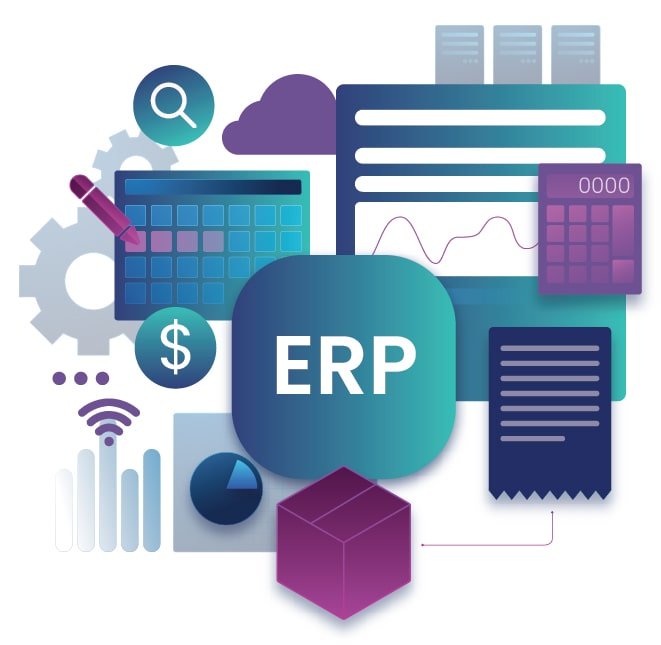
Beyond rethinking architecture, the roadmap to future-proofing ERP includes:
- Honestly Assess Current Platforms – audit existing environments against future requirements.
- Envision Target-State ERP Blueprint – aligned to business priorities with adaptability as the lens.
- Sunset Peripheral Legacy Systems – to reduce complexity and data silos.
- Migrate ERP to Cloud – for most organizations, this enables agility and resilience.
- Refactor ERP Monoliths – deconstructing them into leaner, decoupled microservices.
- Implement Two-Speed IT – innovate rapidly on digital platforms parallel to the core ERP.
- Maintain Continuous Improvement – regularly reevaluate and enhance ERP platforms for longevity.
Combined with change management, these steps can unlock an adaptable ERP ecosystem to drive growth amid marketplace uncertainty.
Realizing the Benefits of Future-Proof ERP
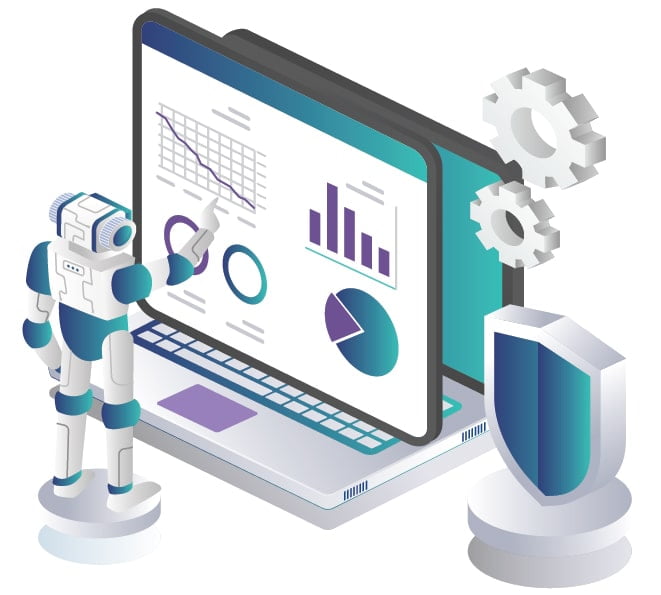
Investing in forward-looking, scalable ERP systems enables organizations to cost-effectively:
- Pursue new business models, acquisitions, and global expansion.
- Localize and customize ERP capabilities for regional needs.
- Rapidly integrate innovations in mobility, AI, and automation.
- Maintain uptime and performance despite surging transactions.
- Unify data across business units for enterprise insights.
- Reduce TCO by preventing major migrations down the road.
- Absorb technology changes through incremental enhancements.
- Understand supply chain shocks and other market volatility.
By architecting adaptability into ERP suites from the outset, companies avoid being disrupted by industry transformations. They gain resilience to navigate unpredictable futures.
Conclusion
Given today’s technology disruption, systems engineered for the past cannot support the future. To lead markets, organizations must implement flexible ERP foundations and gradually modernize. With scalability as the north star, companies can cost-effectively evolve enterprise platforms rather than rip and replace them. Future-proofing ERP unlocks the agility, efficiency, and insights to drive growth in the face of uncertainty.
Unlock the secret to a powerful online business promotion strategy! Your quest ends right here. Dive into our website to explore a range of services designed to give your business a substantial boost.
All images belong to their respective owners. Please email [email protected] if removal is required.

